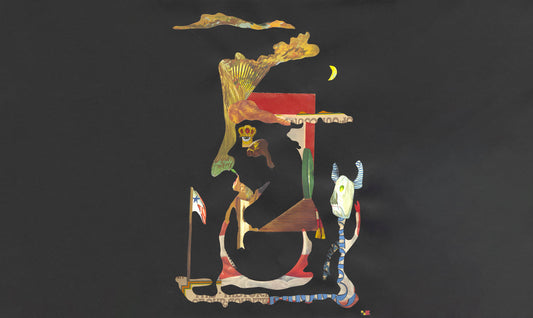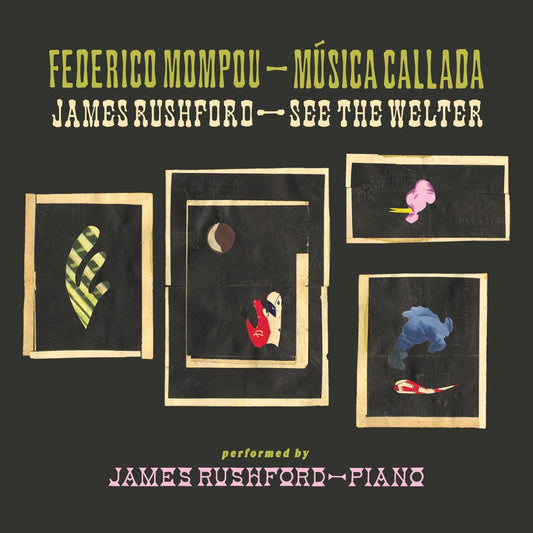Collection: Federico Mompou
Mompou (1893-1987) studied piano at the Conservatori del Liceu in Barcelona and gave his first concert at the age of 15. Three years later, with a letter of recommendation from composer Granados, he went to Paris to study piano and harmony. While there, he wrote his first piano pieces, the Impresiones intimas (1911-1914). He became very taken with Debussy and the modern French composers, especially the spare melodiousness of Erik Satie. Mompou characterized this Satie quality in his music as "recomençament" (starting over at the beginning), a return to a kind of fundamental, basic state of realization. In emulation of Satie, Mompou adopted his method of scoring (in many of the piano works) by eliminating bar lines and key signatures, and (like Bartók and other composers) placing accidentals only before the notes to which they immediately apply. He also picked up the idea of inserting unusual and often illogically humorous comments, directions, and surreal images in the score, which actually serve to suggest the mood of a passage more adequately than the normal emotional and articulation markings – some of Mompou's directions were "Chantez avec le fraîcheur de l'herbe humide" and "Donnez des excuses."
In 1921 Mompou returned to Paris where he remained 20 years, and then returned permanently to Barcelona. He was made a Chevalier des Arts et des Lettres by the French government, and elected to the Royal Academy of San Jorge in Barcelona and of San Fernando in Madrid. The creation of many piano sets extended over large time spans: the 12 Cançons i dansas (1921-1928, 1942-1962), the ten Préludes (1927-1930, 1943-1951), Variaciones sobre un tema di Chopin (1938-57), the brilliant and evocative Paisajes (1942-1960), and Música callada (1959-1967). Several of his significant songs include the Comptines I-VI (1931, 1943), Combat del somni (1942-1948), and Llueve sobre el rio, Pastoral (1945). His works for chorus are the Cantar del alma (1951) with text from St. John of the Cross, and Improperios (1963) for chorus and orchestra.


